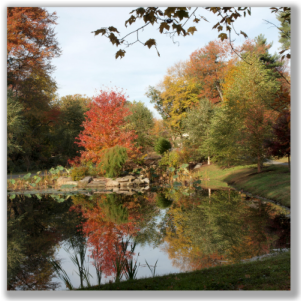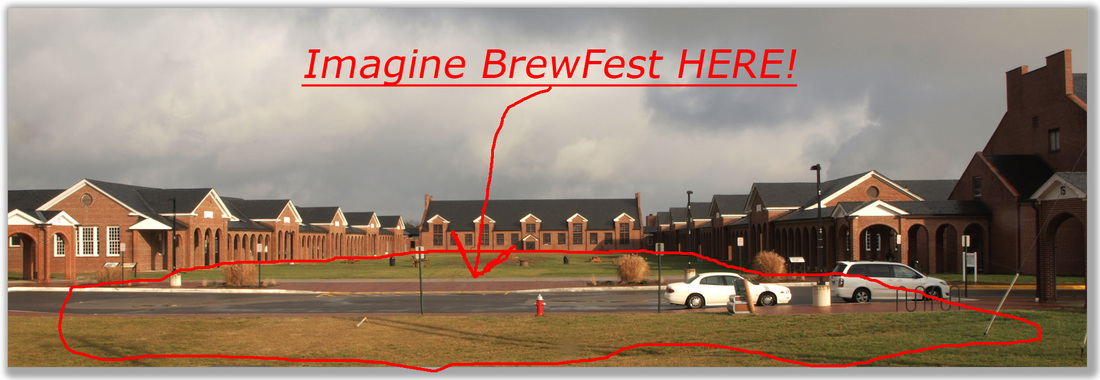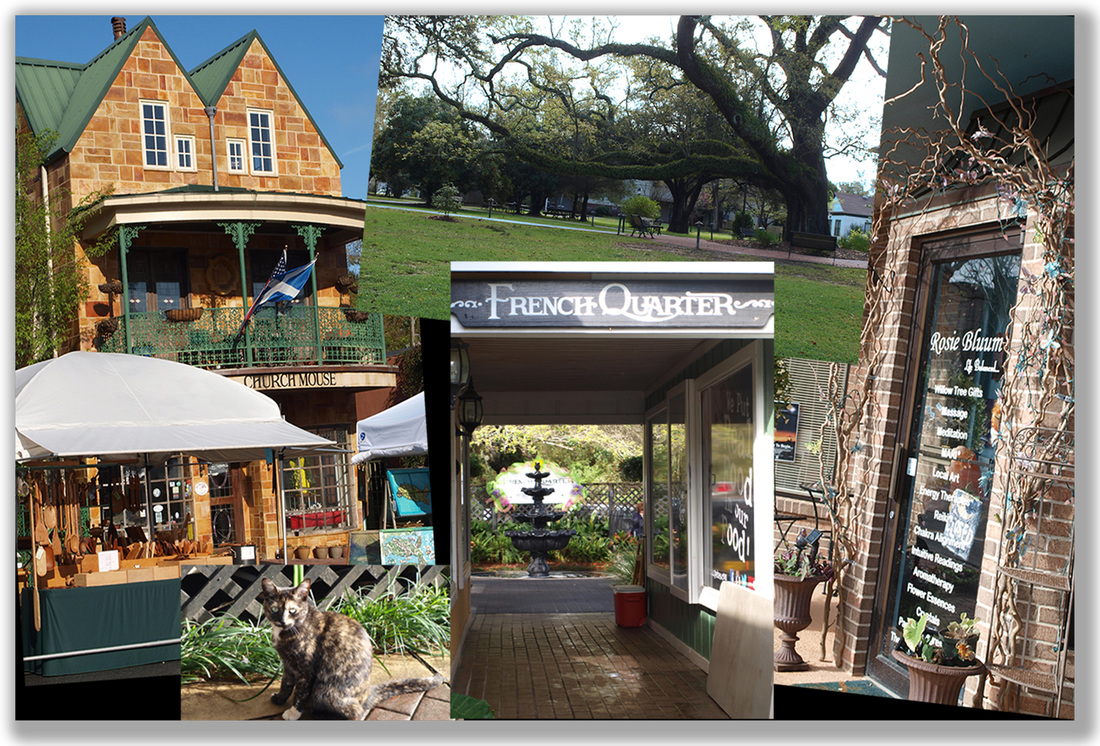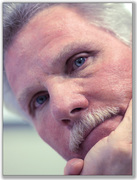|
Kathy Lawler — Guest Blogger ~~~~~~~~~~~~~~~~~~~~~~~~~~~~~~~~~~ Get ready to get Hoppy. The Workhouse Arts Center in Lorton is featuring its first annual BrewFest on August 13, 2016 from 10am-6pm. There will be beers to sample from 30 different breweries and many of these will be local breweries. The Workhouse is also bringing in food trucks, a great musical lineup featuring local bands, activities, demonstrations, and more. There is even a Root Beer Garden for the kids!
For a list of participating Breweries, check out the Workhouse site. You can buy your tickets online too. But wait, there’s more . . . Since this is also The Workhouse's Second Saturday, the Artists’ Studios and Galleries will also be open for you to tour and to purchase art as well — all the way to 9pm! If you haven’t been to the Workhouse, now is you chance to combine a great event with lots of great art. The Workhouse has ceramics, painting, photography, glass (blown and fused), stained glass work, jewelry, fiber, and more. The exhibit in the main building during the month of August will be the first Fiber National 2016 and will be on display in Building 16. This is a juried exhibition “showcasing traditional, contemporary, and experimental fiber art” from across the Untied States. While you’re enjoying BrewFest, be sure to check out Chris’ photography in Building 9. This month he features the theme “Dew Kissed” (including the namesake image Dew Kissed). This collection is a delightful group of refreshing images made to help the viewer feel cooler — even in the August heat. There are even dew kissed works in the Small Works section of the gallery. Hoppy August days! Thank You for visiting, — Kathy P.s. Hope to see you there!
1 Comment
Chris Fedderson — MacroFine Musings // Kathy Lawler — Guest Blogger ~~~~~~~~~~~~~~~~~~~~~~~~~~~~~~~~~~ Thar she blows! — Artists at the Fairhope Arts and Crafts Festival Yesterday we had a long drive; we were returning from Fairhope, Alabama where we participated in the Fairhope Festival of the Arts. The show, in its 64th year, is put on by the Chamber of Commerce. Fairhope is a charming town that sits on the cliffs and shoreline of the eastern shore of Mobile Bay. Downtown Fairhope, where the show took place, is a quaint downtown with thriving retail, beautiful parks, and great restaurants. Fairhope has a small town atmosphere, and what really struck us was the pride in the community that was shown by the show volunteers, the Chamber, and mostly the citizenry of the town. The town was so clean and inviting. We watched as people went out of their way to locate trashcans to throw their trash away, and to offer support to the artists at the show. We could all take a lesson in civic pride from Fairhope. What we didn’t expect was the terrible winds and weather that we experienced. Doing a retail show always has its risks but having winds of 40-50 MPH rip through the show was downright scary. We set up on Thursday night at 6 pm under a relatively calm sky. Then, at about 8:30 that night, a sudden and seriously crazy thunderstorm rolled though. For the artists already set up this quickly became a disaster – somewhere between 20-30 booths went down and far more lost their art. In some cases their art, as well as their booth, went blowing down the street. When you have conditions like this, all the weight you have and can put on your canopy is likely not enough. It’s rather like being in a sailboat with really strong winds and yet you don’t want to go anywhere – it is an extreme challenge. We survived the ordeal intact; we had about 100 pounds in each corner and the display attached to the canopy as well. We had some poles on our canopy bend a little and a few tears in the nylon but we are very thankful to have such a small amount of damage. It was scary to realize we had been shoved 18” away from where we put the booth during set up. The town once again showed its compassion the next day when citizens were coming up to us asking if we were okay and had our art been damaged and wishing us all the best. It was clear they were concerned for the show participants and their well-being. Thank you Fairhope! For artists who are trying to make a living at shows, please support them with your dollars knowing that they often endure some very harsh conditions and still will smile and entertain you the next day. We always come home with new fun art and fond memories. To all our patrons who supported the show and came out despite the rain and wind – Thank You. Thank You for visiting, — Chris P.s. What are your favorite Art Fairs? Have you ever experienced "less-than-perfect" conditions at a show? What was the most perfect and enjoyable show you ever attended? Chris Fedderson — MacroFine Musings ~~~~~~~~~~~~~~~~~~~~~~~~~~~~~~~~~~~~~~~~~~~~~~~~~~~~~~~~~~~~~~~~~~~~~~~~~~~~~~~~~~~ Art fairs really do get people thinking. Here you are, visiting an Art Fair, chances are you think you’re not particularly artsy-fartsy yourself (but you probably are, in some way or another — but that’s another post for another time), and you’re looking at things you’ve never seen before, let alone that you would conceive you could make. Soon you start asking, “how’d you do that?”, “where do you get your ideas?”, “what’s this made of?”, “what kind of tool did you use for that effect?”, and on and on. And so it is in my booth, too. Artists generally do enjoy talking about their work — it’s another way to share, after all. I know I enjoy it, especially when I get to talk with a young Artist-In-Training. I visualize them on a meandering path through the Career Fair, gaping at all the possibilities. Much like this Ladybug on its Pilgrimage.  Green Spring Gardens, Virginia Green Spring Gardens, Virginia What I find interesting is that of all the questions I get asked, three rise to the top to be the three most frequently asked, and this holds true whether I’m talking with a student photographer or someone who has been shooting for years and possibly has their own photography business… 1. Where do you take your images? I take most of my images at botanic gardens, arboretums, and parks. Since I’m shooting close-ups of flowers, bugs, small animals, natural textures and patterns, and the like, I find an abundance of subject matter in these places. But the point here is you need to go to where your subjects are. Yes, this goes without saying. But what if you don’t know what your subject is to be? Meaning… what if you haven’t decided on what type of photography (or any art, for that matter) you want to concentrate on? Then you’re in a good position to justify doing all kinds of things and trying all kinds of variations and even changing up entirely and doing something completely different until you find your calling! Throughout all of my photo’ing life I have always gravitated toward shooting the small, seemingly unspectacular elements in nature; hence my work in close-up and macro photography. But I have also tried shooting street candids, ‘portraiture’ at family gatherings, architecture, and many other types of spontaneous snaps. But none of those artistic styles struck a chord with me. So I ‘found’ myself — and find myself — in botanic gardens, or my own backyard, where my mind’s eye goes wild! 2. What type of camera do you use? Ansel Adams said. “The single most important component of a camera is the twelve inches behind it.” I have to agree. My complete equipment list includes: an Olympus E-30 DSLR, a 50mm macro lens, a 50-200mm telephoto zoom, and occasionally a polarizing filter or a reflector or diffuser. That’s it. But this equipment is all driven by the same computer — my brain, as it is directed by my Mind’s Eye. You see, it is not the equipment that makes the photographer; it is the photographer’s vision and visualizations. I would take the same images I am now even if I had $1,000,000 worth of hardware. No better. No worse. I think the secret answer to the equipment dilemma is this: ** Learn your existing camera and lens(es) — go through the user's manual over and over to learn all the tools, bells, and whistles and what they can do for you. ** Figure out what they can do and what they can’t — don’t expect it to be a 500mm telephoto and a 10x macro simultaneously… unless it is! ** Determine whether they are capable of producing the images that you’re visualizing — assess how well, or even whether, your equipment is suited to your photographic vision. If you don’t yet have a camera and lens suited to your goals, but have researched and know generally what parameters this new equipment needs to satisfy, then employ what I just decided to call the Minimum/Maximum Rule. Buy only the minimum amount of equipment that you'll need. Now go Maximum… figure out what the absolute maximum is that you can afford to spend, and boost that by a ‘little bit’ more. This will get you the best quality possible of the essential tools you need, without your ending up with a lot of pieces of questionable-quality equipment you really didn’t have any need for in the first place. 3. How do you get your colors to be so vivid? Lastly… my colors. What I answer here can apply equally to Black and White images because it is less about the actual color than it is about, oh, everything else. It begins in the ol’ Mind’s Eye. After I’ve found a great hook containing a stunningly poignant visual and a heart-wrenching emotion, I look for more than just the presence of color. I want great color contrast, color juxtaposition, color coordination, color depth — or softness, color framing elements within the image, color balance… (or all these same things in B+W). Then it’s to the darkroom. By that I mean I’ve got my computer and printer set up in a dark… room. ;-) About 12-15 years of Photoshop experience now comes into play to do adjustments to the images such that the printer will print them to appear as close to real life as is possible. I use an Epson 3880 wide format professional printer using a system of nine, highly-pigmented inks together with art papers and print resolutions as high as 2880 dpi. Finish it all with black mats to make the images “pop” in your mind’s eye. That’s ‘all’ there is to it. Easy Peasy. When you find yourself a few years shy on your Photoshop experience or a couple inks short in your printer… do not despair. There are a billion contract printers available who would love to help you realize your vision. I have always done my own printing so I regret that I don’t have any direct referrals, but I can suggest some selection parameters:
Now get out there and let’s get shooting! Thank You for visiting, — Chris P.s. What is your top question? Or your biggest dilemma? Do you print your images or do you have them printed at a print shop? How is that working? Have you found any pitfalls that others should avoid? Please leave your thoughts in the comments and we can start a conversation. Thank You. |
Categories
All
About Chris
I am a Virginia-based photographer and gather my images while hiking in parks and natural areas here at home and in the locations I travel to. I also love to visit arboretums and botanic gardens to find unusual and exotic subjects. Archives
March 2017
|



 RSS Feed
RSS Feed
